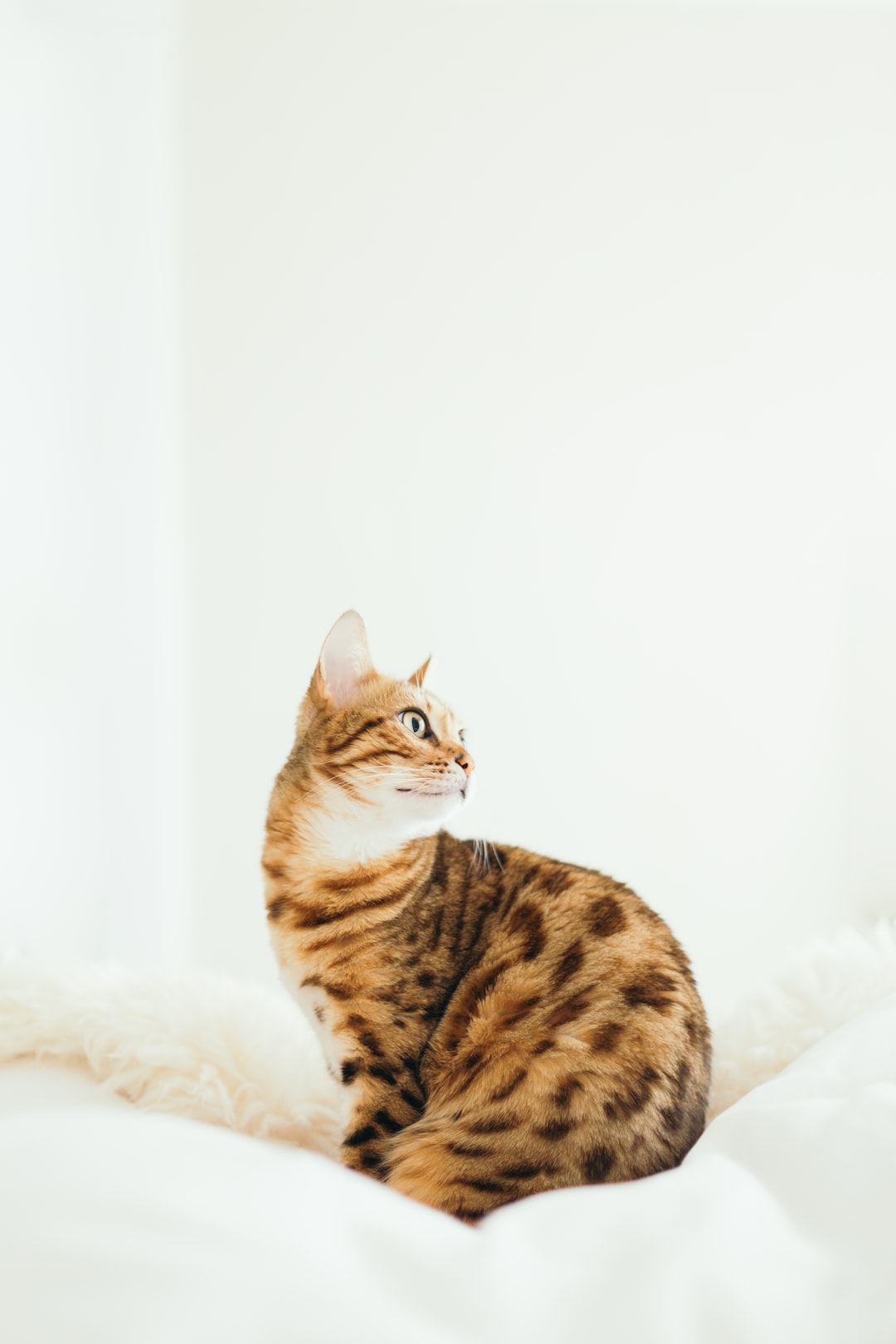Can Cats Really See in the Dark? Debunking the Myth
Throughout history, cats have been associated with many legends and myths. One such myth is their remarkable ability to see in the dark. We’ve all heard the expression, “like a cat in the night,” suggesting that felines possess a unique night vision that allows them to navigate in complete darkness. But is there any truth to this widespread belief, or is it just another myth? Let’s delve into the topic and debunk the perception that cats can see in the dark.
Firstly, it is essential to understand the anatomy of a cat’s eyes. Like most nocturnal animals, cats have large pupils that can dilate more widely than human pupils. This adaptation allows them to let in more light, which can be advantageous in low-light conditions. Additionally, cats possess a reflective structure called the tapetum lucidum, located at the back of their retinas. This structure reflects any available light back through the retina, enhancing their ability to gather more visual information. These adaptations give cats an edge over humans in dim lighting conditions but do not grant them the ability to see in total darkness.
While cats have superior night vision compared to humans, their ability to see in the dark is more accurately described as “enhanced low-light vision” rather than true night vision. In an environment with minimal lighting, cats have a reduced capacity to distinguish colors compared to humans but gain the ability to detect minute movements and perceive visual details that we might overlook. Their eyes act as a sort of “night vision goggles,” providing them with a competitive advantage when hunting prey or avoiding obstacles.
It is also worth mentioning that, despite their extraordinary eyesight adaptations, cats still rely on other senses when navigating in low-light situations. Their acute hearing allows them to identify sounds in the dark, providing valuable clues about their surroundings. Their sense of touch is also highly developed, enabling them to feel their way around objects and surfaces. It is this combined sensory toolkit that makes cats appear almost eerily capable in the darkness.
Even with their exceptional vision adaptations, cats are not infallible in the dark. Just like any other animal, they become increasingly disoriented and their vision deteriorates as the lighting conditions worsen. In pitch darkness, cats rely more heavily on their other senses, such as their keen sense of hearing and their impressive whiskers, which help them navigate through tight spaces.
So, next time you catch your feline companion confidently traversing a dimly lit room, remember that their remarkable vision is not equivalent to seeing in absolute darkness. Their eyes are still reliant on some ambient light for proper functionality.
In conclusion, while cats may possess impressive night vision adaptations, the notion that they can see in the dark is a myth. Their enhanced low-light vision, due to large pupils and the tapetum lucidum, along with their exceptional hearing and touch, allows them to navigate and hunt more effectively in dimly lit environments. However, complete darkness still poses challenges to their vision, forcing them to rely on their other senses. Cats are undoubtedly gifted creatures, but human imagination often elevates their abilities beyond reality.

